
How do you choose a TV with the best sound quality?
Choosing a sound quality
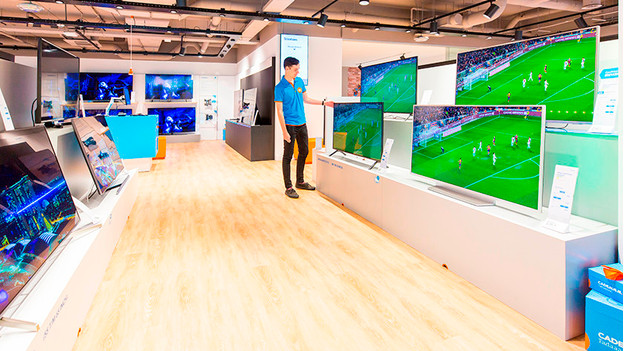
The following properties determine the sound quality:
- The power
- The number of built-in speakers
- A built-in soundbar or Acoustic Surface
For each TV in our range, we assess how well they perform on this properties page. We then assign a score to the TV, from Standard to Good and Very Good. This way, you're just one click away from a TV with the best sound quality.
Power
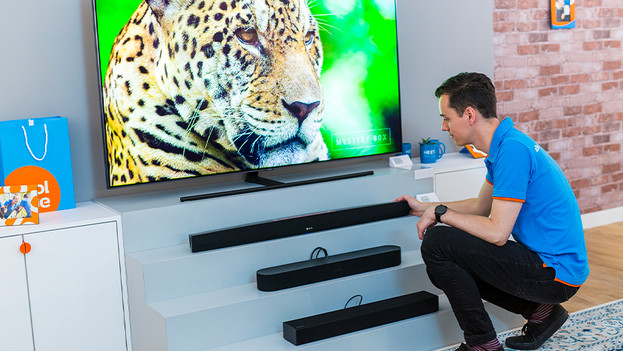
The power of a speaker is indicated by the number of Watts. The higher the power, the more powerful the sound. This means that the TV can reach a higher volume and that the sound will be clearer at a high volume. The power of the average TV speaker varies from 6 to 20W. This is fine for standard TV use, such as watching a TV show. For an intense movie or game sound experience, we recommend getting at least a separate soundbar.
Number of built-in speakers
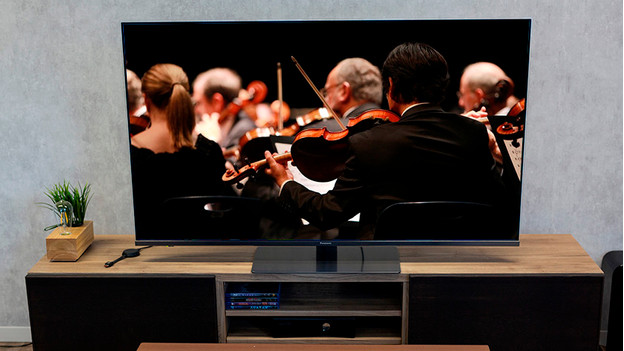
Most TVs have 2 stereo speakers. When a TV has extra speakers, it delivers more power and a wider frequency range. For example, an extra built-in woofer or subwoofer reproduces low bass tones. A movie, game, or music quickly makes more of an impression. There are also TVs with additional speakers that face different positions. As a result, effects seem to come at you from multiple directions, making the sound more spacious.
Soundbar
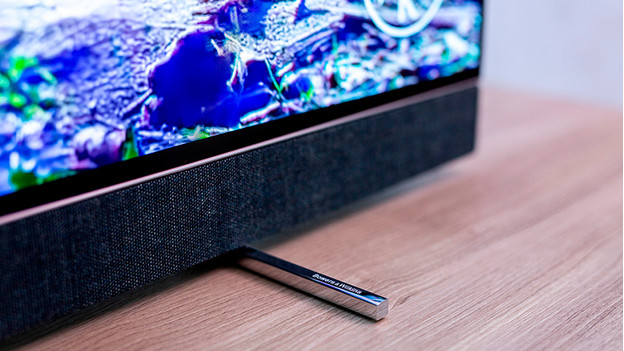
To really enjoy realistic sound, you need at least a soundbar. Soundbars are elongated audio systems that produce clear and powerful sound. They're equipped with multiple speakers that are set up on different sides, so the sound is full and spacious. A soundbar is often developed by a specialized audio manufacturer. Some Philips OLED TVs have a Bowers & Wilkins soundbar, for example. As a result, you're assured of a high-end sound quality.
Acoustic Surface
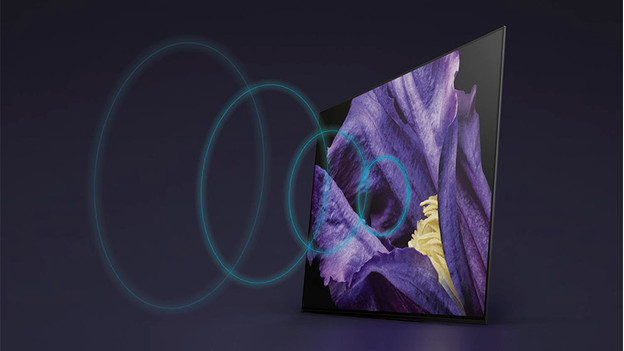
Some brands have other ways to significantly improve their TV sound. The best-known example is the Acoustic Surface technology from Sony. With this technology, the speakers are located behind the screen instead of in the TV bezel. This way, the screen produces sound by vibrating invisibly. As a result, the stereo reproduction is extra realistic. When an actress is talking on the left side of the picture, her voice really seems to come from her mouth. There's at least 1 built-in subwoofer in the stand of the TV that delivers a deep bass.


